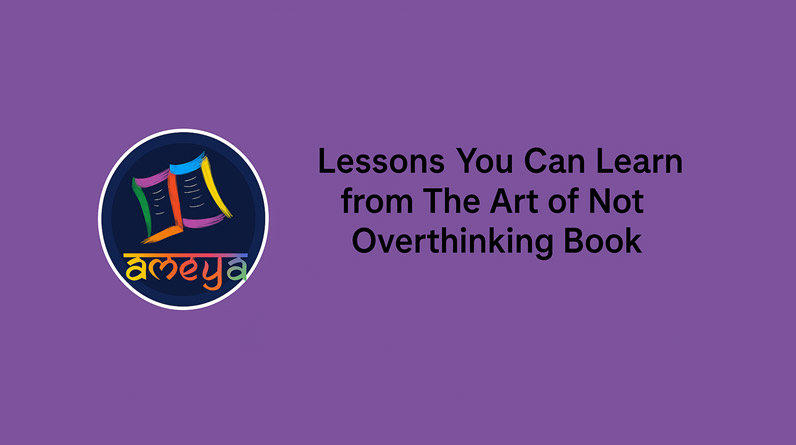The early years are critical for developing math and literacy skills that support long-term academic success. Research shows children with strong preschool skills are more likely to excel in school. Parents and educators can foster learning through fun, interactive activities like games and stories, integrating strategies into daily routines to build number sense, phonemic awareness, and early reading skills.
Making Numbers Come Alive: Engaging Math Activities
Counting Through Daily Routines
The most effective way to teach counting is by weaving it into everyday activities. During snack time, encourage children to count crackers, grapes, or juice boxes. While setting the table, have them count plates, cups, and napkins. These natural counting opportunities help children understand that math is everywhere and serves a practical purpose.
Singing counting songs and nursery rhymes reinforces number sequence and makes learning memorable. “Five Little Monkeys Jumping on the Bed” and “Ten in a Bed” are classics that combine movement, music, and numbers. Create simple finger plays where children count on their fingers while reciting rhymes—this builds both number recognition and fine motor skills.
Hands-On Number Recognition
Transform number learning into sensory experiences that engage multiple learning styles. Create number cards with different textures—use sandpaper, fabric, or foam letters that children can trace with their fingers. This tactile approach helps kinesthetic learners internalize number shapes while building muscle memory.
Building blocks offer endless opportunities for mathematical exploration. Challenge preschoolers to create towers with specific numbers of blocks or sort blocks by color and count each group. Pattern blocks can introduce early geometry concepts while reinforcing counting skills. Start with simple AB patterns using two colors, then gradually increase complexity as children master the basics.
Real-World Math Applications
Shopping trips become math adventures when you involve children in the process. Give them their own small basket and ask them to collect three apples or two boxes of crackers. This practical application shows how counting helps us accomplish real tasks. At home, cooking provides natural measurement opportunities—let children help measure ingredients using measuring cups and spoons.
Nature walks offer abundant counting possibilities. Collect leaves, rocks, or flowers and sort them by size, color, or type. Count birds at the park or steps on a staircase. These outdoor experiences connect mathematical concepts to the natural world while providing fresh air and exercise.
Building Literacy Through Play and Exploration
Developing Phonemic Awareness
Phonemic awareness—the ability to hear and manipulate individual sounds in words—forms the foundation of reading success. Sound games make this abstract concept concrete and enjoyable for young children. Play “I Spy” using beginning sounds: “I spy something that starts with /b/.” This sharpens listening skills and helps children connect sounds to objects.
Rhyming activities build phonological awareness while encouraging creativity. Read rhyming books like those by Dr. Seuss, then create your own silly rhymes together. Start with simple word families like “cat, hat, bat” and let children suggest new rhyming words. Even nonsense rhymes like “cat, vat, splat” help children understand the concept.
Clapping syllables turns word structure into a physical activity. Choose familiar words like children’s names or favorite foods, then clap once for each syllable. This helps children understand that words are made up of smaller parts—a crucial pre-reading skill.
Letter Recognition and Formation
Make alphabet learning multisensory and meaningful. Create letter hunts around the house or classroom, searching for specific letters on signs, books, or labels. Focus on uppercase letters first, as they’re easier for young children to recognize and distinguish from one another.
Letter formation activities should emphasize proper technique while keeping the experience enjoyable. Use large movements first—draw letters in the air, trace them in sand or salt trays, or form them with play dough. These gross motor activities help children internalize letter shapes before moving to paper-and-pencil work.
Connect letters to children’s personal experiences by starting with the letters in their names. Create name puzzles, practice writing names on different surfaces, and point out “their” letters in books and environmental print. This personal connection makes letter learning meaningful and motivating.
Story Time Strategies
Reading aloud remains one of the most powerful tools for developing literacy skills. Choose books with engaging illustrations and predictable text that invite participation. Pause during reading to ask questions: “What do you think will happen next?” or “How do you think the character feels?” These interactions build comprehension skills and keep children engaged.
Point to words as you read to demonstrate that text flows from left to right and top to bottom. Choose books with large, clear print and run your finger under the words as you read. This helps children understand the connection between spoken and written language.
Encourage storytelling by providing props like puppets, flannel boards, or simple costumes. Let children retell familiar stories in their own words or create entirely new adventures. This develops oral language skills, sequencing abilities, and creativity—all important components of literacy development.
Supporting Continued Learning Beyond the Classroom
Creating a learning-rich environment at home doesn’t require expensive materials or formal programs. Simple activities like labeling household items, keeping books accessible throughout the house, and engaging in regular conversations all support ongoing development. Nighttime daycare providers often incorporate these same strategies during evening hours, recognizing that learning opportunities exist throughout the day.
Establish consistent routines that naturally incorporate math and literacy practice. During bedtime stories, count pages or predict what might happen next. While getting dressed, practice color and number recognition through clothing choices. These small, consistent interactions accumulate into significant learning gains over time.
Conclusion
Preschool math and literacy skills are crucial for lifelong learning, fostering curiosity and confidence. Children develop at their own pace, and it’s important to celebrate their progress, keep learning playful, and avoid pressure.



